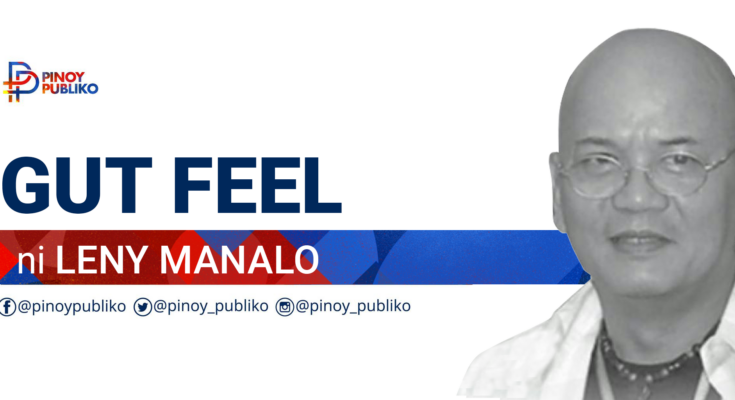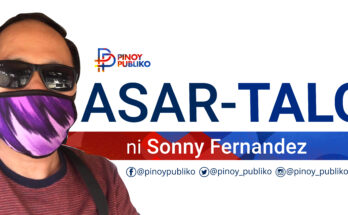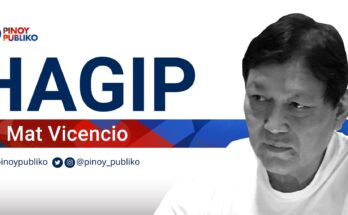THERE were only 19 detainees left at the Youth Rehabilitation Center, Fort Bonifacio when I was transferred there from Camp Crame after spending some time with the political prisoners in a separate section of Stockade 4.
I was not given any reason why I was being transferred without notice and all I learned from the detainees was that I would be joining those who had little chance of being released at that period of martial law in 1976.
I was arrested on January 11, 1976, in Makati on my way to an underground safehouse by a combined team of the 5th Constabulary Security Unit, 5th Military Intelligence Group, National Intelligence Agency and Metropolitan Command as mentioned in the book of Ninoy Aquino, Testament from a Prison Cell. One personality in the arresting team that I will not forget is then the dreaded Lt Rodolfo Aguinaldo whom we called, “Agui.” He was just in shorts when he grabbed me and my shoulder bag on Trabajo St, Makati City.
When I was in the 5thCSU after surviving six days in an intelligence safehouse, Agui, one time called my name loudly in the middle of the night. He sat me in front of him and greeted me with a big slap on my face. He knew my underground name and started fishing for information. I kept telling him I was just a “small fish” and could not possibly know where persons like Joma were.
I was arrested in connection with a big operation against central committee members of the Communist Party of the Philippines who borrowed safehouses in Metro Manila including one of ours for their meeting.
Agui, in the middle of his interrogation, turned into some sort of a soliloquy. He stood close to me and firmly said, “ Kung may ipinaglalaban kayong paniwala, ako din meron!” Agui, with his style of attracting former NPA commanders and members to his side, defeated the long-time political lord of the province and became the governor of Cagayan which started his colorful political story that ended with his assassination. Agui actually figured in saving the life of a former NPA hitman whom I knew, but that is another story.
A long-staying detainee, Tony Tayco, helped me carry my things when I arrived at YRC. He brought me to my assigned tarima, a metal double-decked bed, as other detainees welcomed me but earnestly told me that they were not happy seeing me in jail. Tony was among the first to be arrested, charged and imprisoned for violating the then R.A. 1700 or the Anti-subversion Law together with likes of Nilo Tayag who was the founding chairman of Kabataang Makabayan and Secretary General of the CPP. And they were the kind of personalities I found myself with in YRC.
I remember Ka Edu from Tarlac, aide of the NPA chief, Bernabe Buscayno a.k.a. Kumander Dante, Ka Abling an NPA commander from the North, the firebrand speaker Nonnie Villanueva whom we called Titat because of what he called Imelda then, the next to my tarima, Dos the enigmatic leader of the NPA sparrows in Metro Manila who mostly stayed quiet doing what he did best in prison, artworks from tambo including a portrait of Pope Paul VI and practicing his martial arts and Ariel Almendral the NPA commander in Isabela who later revealed how Danny Cordero was executed after he narrated in an NPA trial in Isabela to prove his loyalty to the party that he threw the grenade at the LP rally in Plaza Miranda.
Ariel was released ahead of me and would soon head the Laguna Lake Development Authority. I inherited the bartolina room of Ariel with chicken wire above where guards can look down to see you from a catwalk. It was actually a privilege with the accompanying storing tasks where you share the room with others for conjugal visits.
My stay at the YRC was a big learning for me. Apparently, I got cleared by the standing leadership of the detainees for I got a share of news from the outside ingeniously smuggled in by dalaws. There were physical exercises and basketball games. I grew muscles in my legs and arms like Ka Nilo who was lifting heavy weights. I watched Dos doing his martial arts and taught myself arnis with improvised sticks. It was Kabayan, a Batangueño, who taught me how to make jewelry boxes using tambo that he patiently blackened over the fire. With Ka Nonnie, we produced greeting cards using dried leaves and flowers for the designs using cutters and glue. The tambo products and cards were sources of funds to buy additional food items and the personal needs of detainees. My time in YRC was relatively peaceful except for a few times when a hunger strike was launched to demand something from the prison authorities. A lockdown would be imposed and we were not allowed to go out into the garden and basketball court.
While still in YRC, a Pisay batchmate, a former rebel, was already recruiting me through my fellow-Pisay wife to his training group in Kabataang Barangay. By that time the story of the Plaza Miranda was already told to me by a fellow detainee. It was a turning point for me. I was not going back to the Communist Party of the Philippines. (To be continued.)





